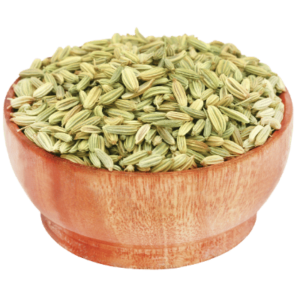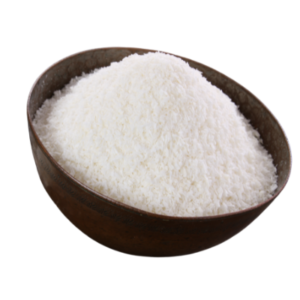Non Basmati Rice
Non-Basmati rice includes a wide range of rice varieties that differ from the long-grain, aromatic basmati rice. These rice types come in various grain lengths, including short, medium, and long, and can have different textures—some being sticky, soft, or firm when cooked. They are widely grown and consumed in different regions, making them a staple food for millions of people.
Common varieties of non-basmati rice include parboiled rice, Sona Masoori, IR64, Ponni, Swarna, and broken rice, among others. These types are often used in traditional dishes, including steamed rice, idli, dosa batter, rice-based porridges, and regional rice delicacies.
Non-basmati rice is a rich source of carbohydrates, providing essential energy for daily activities. It is also gluten-free and easy to digest, making it a suitable option for people with dietary restrictions. Depending on the variety, it may contain fiber, vitamins, and minerals that contribute to overall health.
Due to its affordability and availability, non-basmati rice is widely used in households, restaurants, and food industries for preparing bulk meals. Whether used in local delicacies or as a staple side dish, non-basmati rice remains an important part of global cuisine.
Non-Basmati rice refers to a variety of rice grains that do not belong to the basmati category but are widely consumed around the world. These rice types vary in size, shape, aroma, and texture, making them suitable for different culinary applications, including daily meals, porridges, fried rice, and local specialties.






